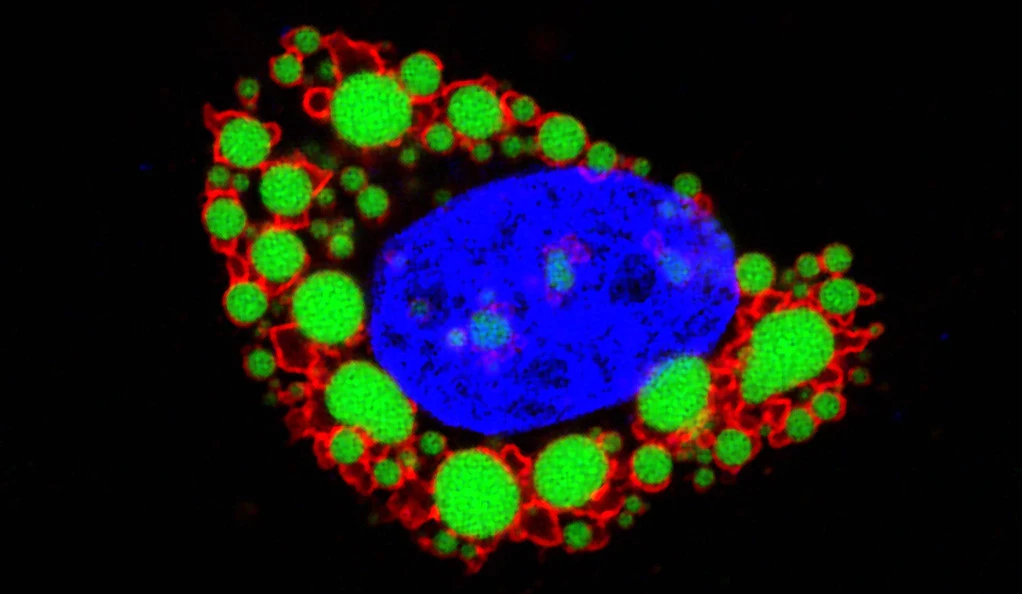Many of the most pressing health problems of our time start with obesity, so treating that root cause may be our best bet in many cases. Now, researchers at Yale have identified an enzyme in mice that could be a potential target for future treatments, acting like a “doorman” that keeps carbs out of fat cells.
Something that many people may not realize is that more obese people don’t have more fat cells than slimmer people – their fat cells just get bigger. As more carbohydrates enter the body, they accumulate inside these cells, causing them to swell up.
To regulate this process, fat cells are surrounded by molecules whose job is to balance incoming nutrients with outgoing energy-carrying lipids. The Yale researchers describe these molecules as acting like doormen at a hotel. The problem is, in visceral fat cells – those that gather around organs and the abdomen – these doormen become a bit lax at their job, letting in too many carbs before burning off the lipids already inside. That, in turn, leads to the larger cell – and belt – sizes.

In the new Yale study, the researchers say they’ve managed to identify an enzyme that regulates these molecular doormen. Known as O-GlcNAc transferase (OGT), previous studies have linked it to the process that tells the body when it has eaten enough.
Experimenting with mice, the Yale team found that mice that lacked the enzyme were far healthier. These animals tended to burn off stored lipids before taking in any more carbs, meaning they had smaller fat cells and so were leaner themselves overall. In another group of mice the opposite was tested, with the researchers overexpressing OGT. Sure enough, obesity followed.
“The commander of this doorman makes it easier for nutrients to get in, but harder for lipids to get out,” says Xiaoyong Yang, senior author of the study. “This makes OGT a very attractive target to pharmaceutically treat obesity.”
As usual with this kind of study, there’s no guarantee that the results will translate from mice to humans, but it’s an intriguing new lead for scientists to investigate as a potential avenue for treating obesity.
The research was published in the journal Nature Communications.
Source: Yale University




